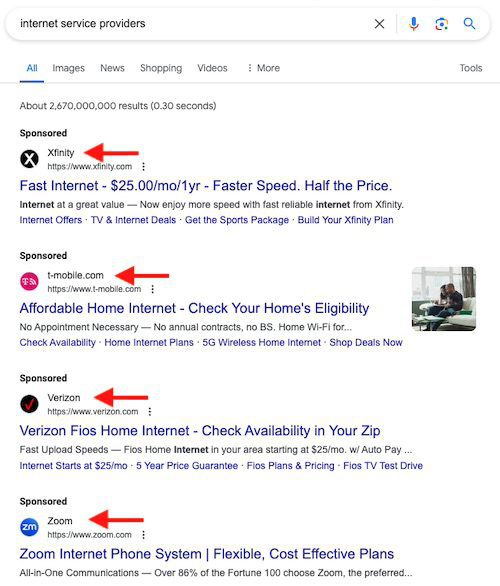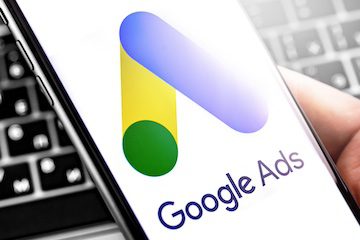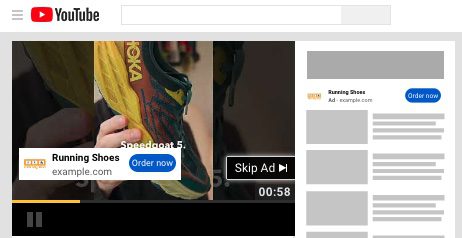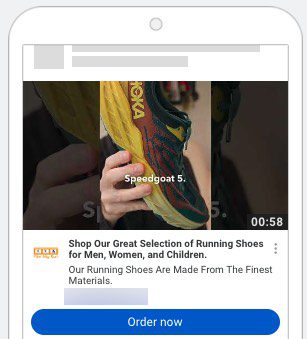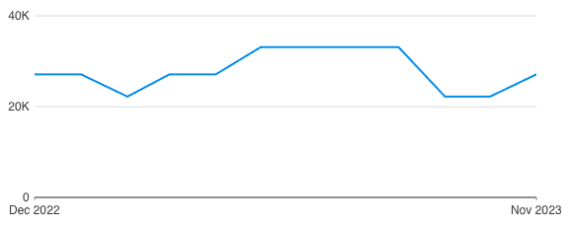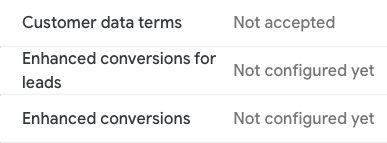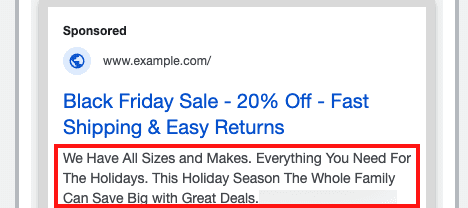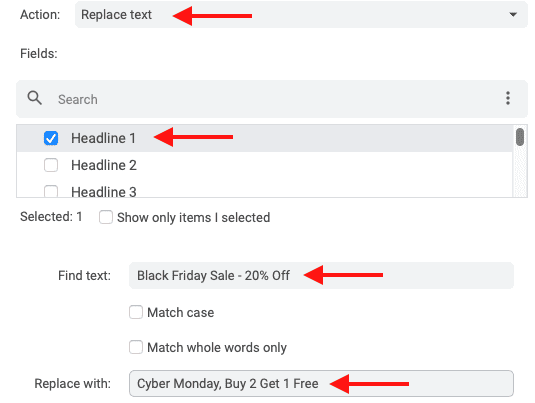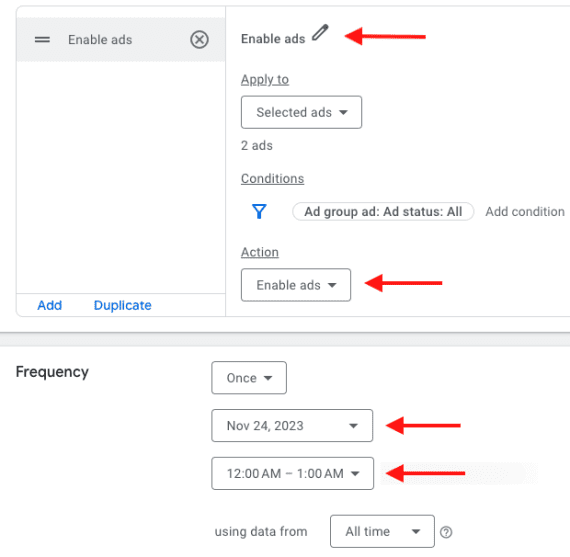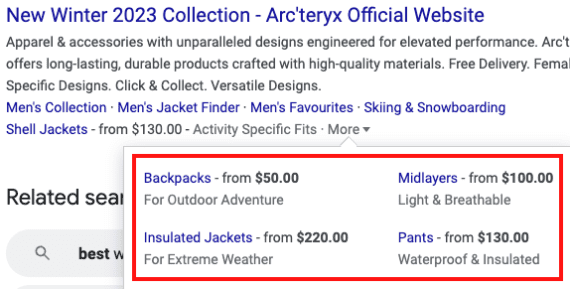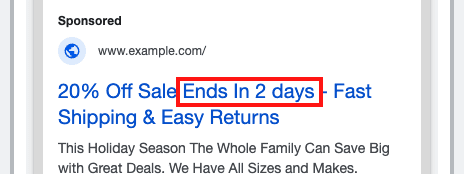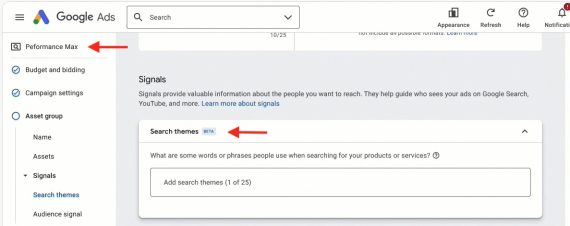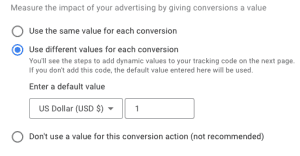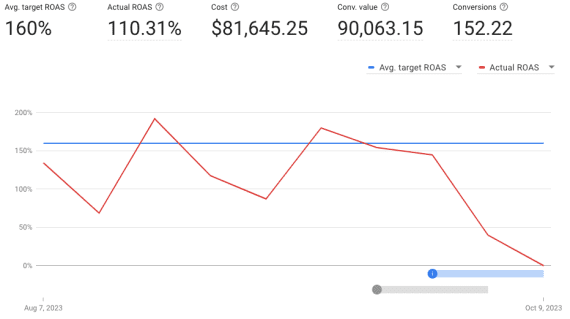Google Ad Updates Reflect New SERPs
Earlier this month, Google changed its definitions of “top ads” and associated metrics. The purpose is to clarify the meaning and dynamic nature of paid and organic listings on search result pages. The changes will not likely impact ad performance.
Top vs. Adjacent
Before the change, a top ad appeared above organic listings on search results, such as the example below.
Other ads show below the organic listings — with continuous scrolling there is no bottom of the page. For example, this Comcast ad appears below organic results.
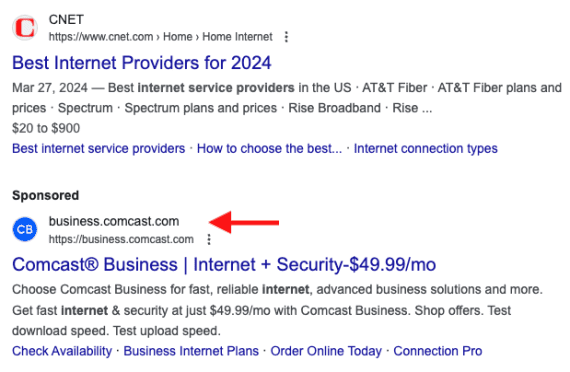





Ads can also show below search results, such as this Comcast example.
Nonetheless, Google now classifies the Comcast listing as a top ad because it’s adjacent to the top organic listings. Hence a top ad could be in the 15th overall position — below the top four ads and 10 organic listings.
Moreover, Google now calls ads in the first position above or below organic listings “absolute top ads.” The term does not mean the ads will always appear there because Google inserts them dynamically.
Another new term in Google’s announcement is “prominence,” an estimation of an ad’s visibility on a search results page. An ad’s position and format determine its prominence. The higher the position, the greater the prominence and, likely, clicks. Similarly, ads with formats (formerly “extensions“) likely receive comparatively more clicks.
Example formats include:
- Sitelinks,
- Callouts,
- Structured snippets,
- Images.
The Google Ads interface includes no metric for prominence. It’s unclear if Google will create one or otherwise apply a similar metric, such as “Search absolute top impression share.”
Account Management
I see no material differences with daily management. The meaning of “top ads” and “absolute top ads” is changing, as are impression share metrics. For example, Google defines “Search top impression share” as “the impressions you’ve received among top ads divided by the estimated number of impressions you were eligible to receive among top ads.”
A Search top impression share of 80% once meant 80% of ads showed above the organic listings. It now means that 80% of ads show above or below the top organic listings.
The changes require reassessing the bid strategy of optimizing target impression share. Advertisers can set a percent impression share to target:
- Anywhere on the results page,
- Top of results,
- Absolute top of results,
For example, advertisers can target 75% of the impression share of top ads, those above or below the top organic listings.
Fundamentals Unchanged
Google will likely continue retiring position-based metrics or altering their calculation. For example, “average position” used to be a key metric. Ads above the fold typically received higher click-thru rates. But average position became less critical as right-side ads disappeared and search results contained more images, Shopping ads, and Google’s knowledge graph. The average position metric was retired because it was no longer useful for advertisers.
Prominence is now more important than position. While the first ad in search results remains desirable, all ads can utilize the same assets. Format-wise, there is no benefit to being first or even below the top organic listings.
To be sure, the higher the ad position, the quicker users will see it. Top and absolute top ads are important, but the specific position isn’t. The fundamentals of paid search still apply: Ads should contain targeted keywords and answer queries. Responding to searchers’ needs is and will always be the key.

